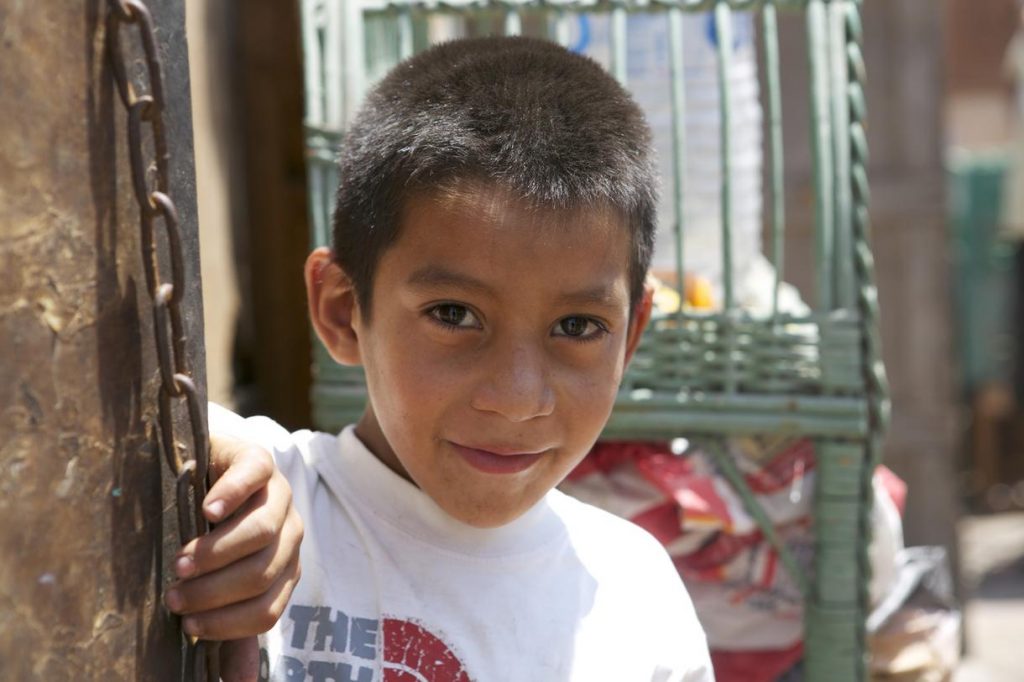Bolivians are braving land mines and the world’s driest desert to get into Chile
By Jon Hernandez, Ahmed Najdat, and Michelle Ghoussoub
When Guadalupe left her home in Bolivia, she hoped she would find a better life for her family. She settled on the outskirts of Arica, a major port in the north of Chile on the border with Peru, where she lives with her husband and three children.
But they do not have electricity, running water, or even a ceiling.
“The fridge doesn’t work,” she said, as the hot desert sun shone through the open roof. “And here’s where we do the dishes,” she added, pointing to a bucket of brown water.
A decrepit couch, a rusted stroller, and torn-up Chilean flags sat outside her front door, in a makeshift encampment on the fringes of the Atacama desert, the driest place on earth outside of Antarctica.
Her next door neighbour, Maura — who, like Guadalupe, asked that her last name be omitted, for security reasons — also fled Bolivia, with the same dreams.
“I came here looking for work,” she said. “But we still can’t afford a place to live.”
According to Un Techo para Chile, an NGO that lobbies the government to build housing for the poor — its name means “A roof for Chile” — more than 36,000 families live in encampments across the country, without basic access to water and electricity. The vast majority of residents are foreign nationals.
Chile’s migrant population has doubled within the last five years, climbing to nearly 500,000 documented foreign-born residents. The government expects the number to double again within the next decade.
The swelling has been widely attributed to the country’s booming mining economy and growing labor market, which has attracted people from all over Latin America, in search of what’s been dubbed the Chilean Dream. Chile is the richest country in South America, by gross domestic product per capita; land-locked Bolivia, which shares a border with it, is the poorest.
Watch The Journey South (Virtual Reality Experience):

